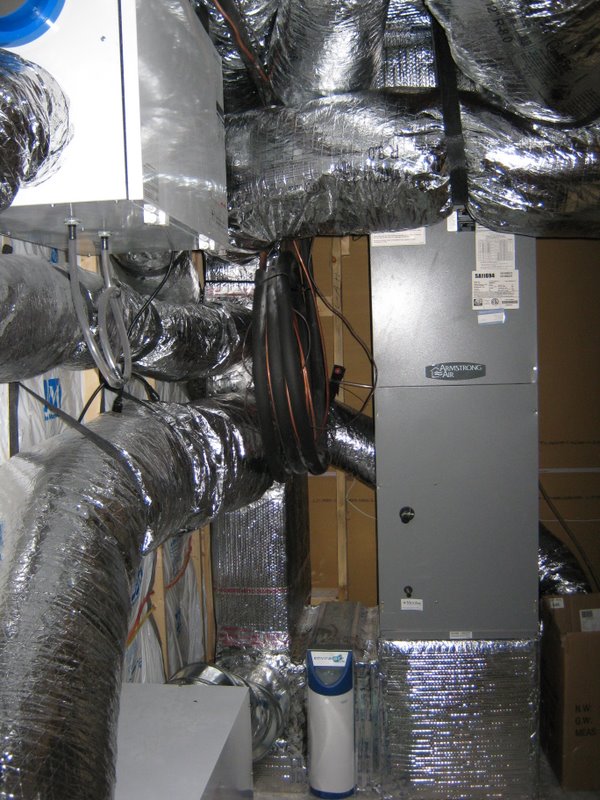Air within your homes can be up to 10 times more polluted than the air outside.
Building science is tricky to get right if you understand holistic design strategies. If you don’t address these complicated issues, you are in deep trouble. (note: most people don’t understand building science basics)
Our homes for years had no insulation in the walls, no conditioned air, and they lasted for decades with no issues. Born from that history the phrase “You don’t want to build your house too tight, needs to breathe.” The houses leaked air through every crack in the walls, roof, and floor. We then added insulation and conditioned air (most don’t have any ventilation through the mechanical system). This made our homes more comfortable, but created a tighter building envelope. These tighter homes trap air inside the home that is being filtered through the attic, attic insulation, crawl space, and walls as opposed to being ventilated through the HVAC system filtration system. This has led to an indoor air quality issue, as the “fresh” air is not fresh at all. It is full of moisture, mold, and particulates.
HVAC stands for Heating, Ventilation, and Air Conditioning. We need to use ventilation to solve the moisture and air quality issues we face in current home construction. This whole house ventilation strategy is only successful when done through design including a holistic understanding of building science. Ventilation is impacted by number of people living in the home, way of life, the type of insulation and windows, the type of mechanical system, and even interior finishes. There are many ways to achieve a proper ventilation system in your home, however, it is often overlooked or not included by your mechanical contractor. This should be a primary consideration for every home that has a goal of having a healthy indoor environment.





